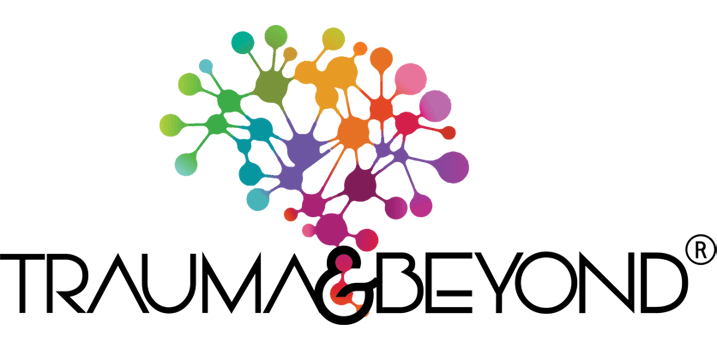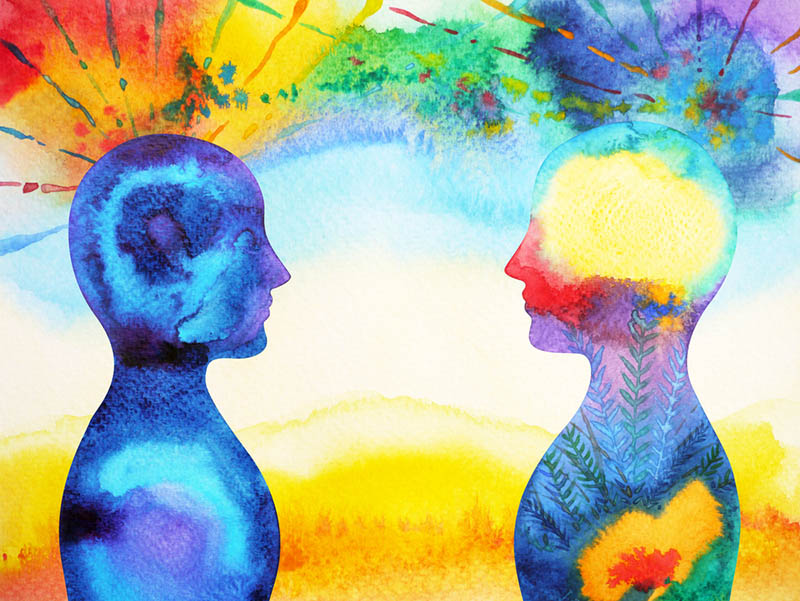A moment spent admiring artwork can be transcendental, ethereal. It is a powerful way in which humans can connect–through emotions. It is also where the observer can catch a glimpse of the artist’s innermost truths that reside in the unconscious mind. As the surrealist movement aimed to rebel against the rational mind to unveil the unconscious mind, art therapy for trauma recovery aims to uncover the psyche too.
What is art therapy?
Art therapy is a type of experiential therapy that uses drawing, painting, collaging, coloring, sculpture, and other mediums to access the mind. It is focused on the doing, observing how things unfold, rather than the fixation on the outcome. Simply, it is not about creating a thought-out pretty piece. It is about communicating with the unconscious.

What is the history behind art therapy?
- The term “art therapy” was first coined by artist Adrian Hill in the 1940s, in Europe, while being treated for tuberculosis in a sanatorium. Hill believed it was more important to be healed psychologically, and to preoccupy the inhibited patient through therapeutic creative forms for recovery.
- During the same time as Hill’s emerging therapies, psychologist Margaret Naumburg introduced art therapy to the UnitedArt Therapy to Tap into the Unconscious Mind States. Naumburg based her work on a psychoanalytical theory using art to release the unconscious and encourage free association. Naumburg spread her work to New York University where she offered courses on art therapy, and where Professor Dr. Edith Kramer, influenced by Naumburg, founded an art therapy graduate program.
- Today, art as therapy is designed to connect people to their own minds and bodies, through art, with the assistance of people professionally trained in art, psychology, and counseling.
Who can use art therapy?
People who struggle with PTSD, drug addiction, depression, and who are terminally ill–all issues often rooted in, or suffering from, trauma–can benefit from art therapy.
Trauma can be stored as visual, emotional, sensory experiences, the process felt at the time of an alarming event–an event that threatened a person’s survival, no matter the intensity of the incident.
Often, people carry varying degrees of trauma that affect their day-to-day behaviors, thoughts, and sense of well being. Some people carry deeply-rooted trauma that hinders their ability to live out their lives. Art therapy can be a valuable tool to help patients express painful trauma related emotions within a safe container.
Why does art therapy help?
Art therapy assists in processing undigested memories so that people can begin to recover from whatever has happened to them. When words have failed to articulate what needs to express, or when speaking of traumas is too painful the act of conceiving an art piece can bring up repressed emotions, fears, disturbing thought patterns, and internal conflicts in a gentle way. By externalizing the unconscious, through building a bridge for telling stories in an art form, people can begin to process and heal the trauma.
If a person is overwhelmed by the practice and whatever is exposed, they can put the artwork away. The trauma that is revealed in art is objectified so it can be separated from the person who created it. Therefore, a person has control over the unconscious mind in art therapy.
What are the benefits?
Participating in therapeutic art can help a person release emotions, traumas, and limiting beliefs. It can also help people relax, and to coexist in society. Additionally, art therapy aids in improving self-esteem, reducing negative feelings, increasing cognitive abilities, and awareness of the self and of others as well as improving overall physical and mental health.
What are some art therapy exercises to try?
There are many ways people can tap into their unconscious mind through art. Here are a few exercises that may help:
- Draw the past, present, future, and end using crayons, markers, pencils, paints, or whatever material is preferred. It may be expressed in timelines of turning points, symbols, codes, written words, comics, or many other ways. Witness how this is expressed and what emotions come up throughout the process.
- Draw out worries on a piece of paper. This may be of the self, of others, or of circumstances. Afterward, on the other side of the paper, draw out positive affirmations to correspond with the worries. Ask: what would it look like if I felt okay?
- Create a collage using various materials and mediums to show attributes of the self. Include physical, emotional, mental, personality, and other characteristics. Analyze how the self is perceived.
- Whenever an exercise is completed, talk to the pieces of art. Ask what it needs to say, what it needs to reveal, and how it feels.
Art therapy can be a remarkable tool for learning about the psyche, and it can guide a person through a journey of healing. It is important to note that different people react differently to therapeutic methods, so art therapy may not be for everyone. At Trauma and Beyond ®, we may use Art Therapy in both individual and group settings. If you are interested please feel free to call us at (818) 651-0725.

